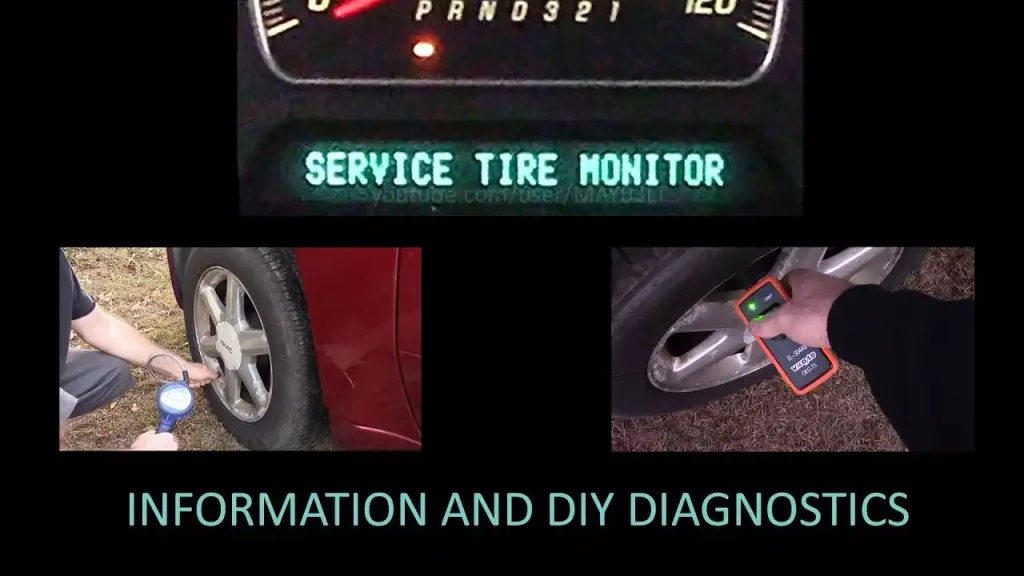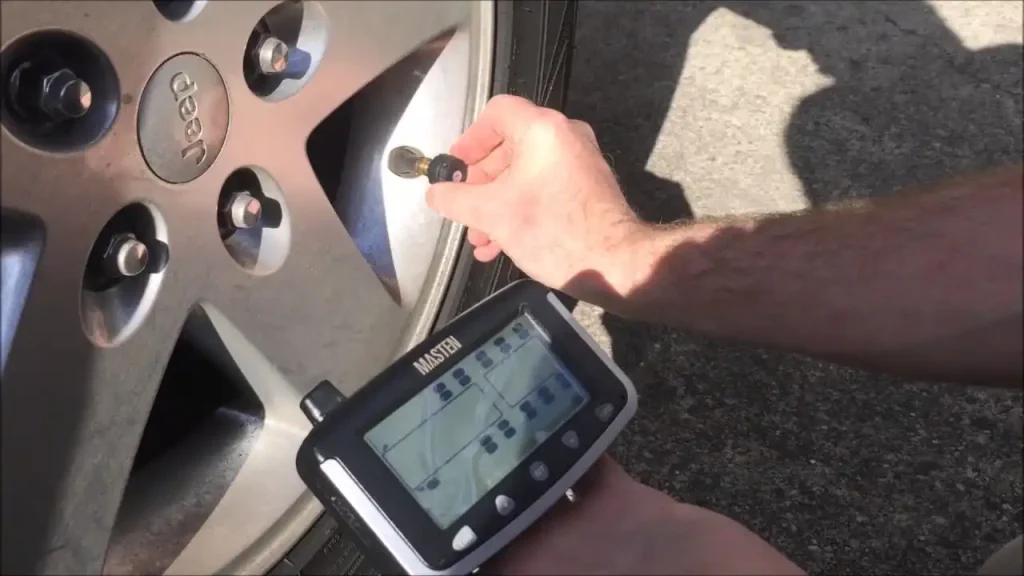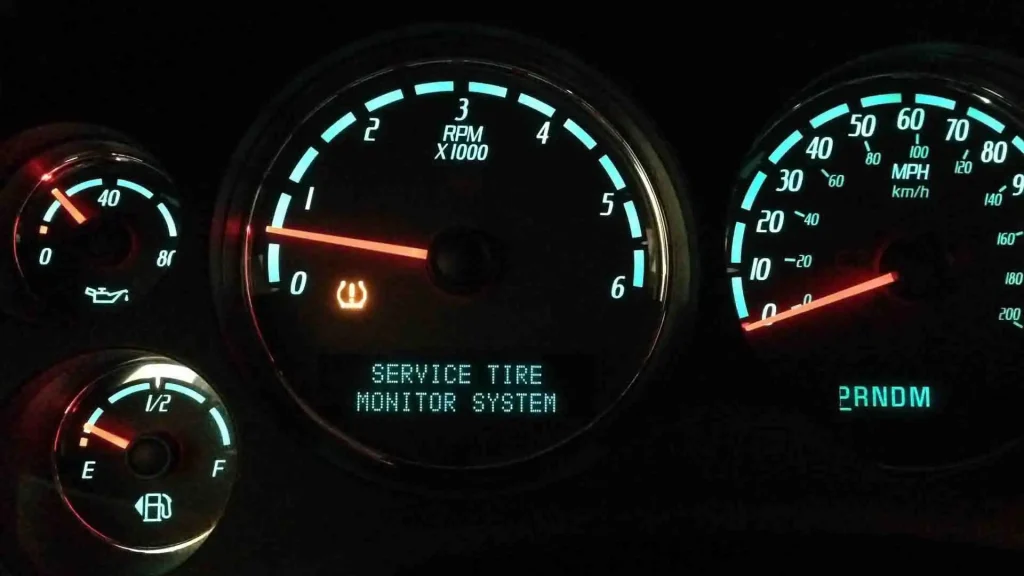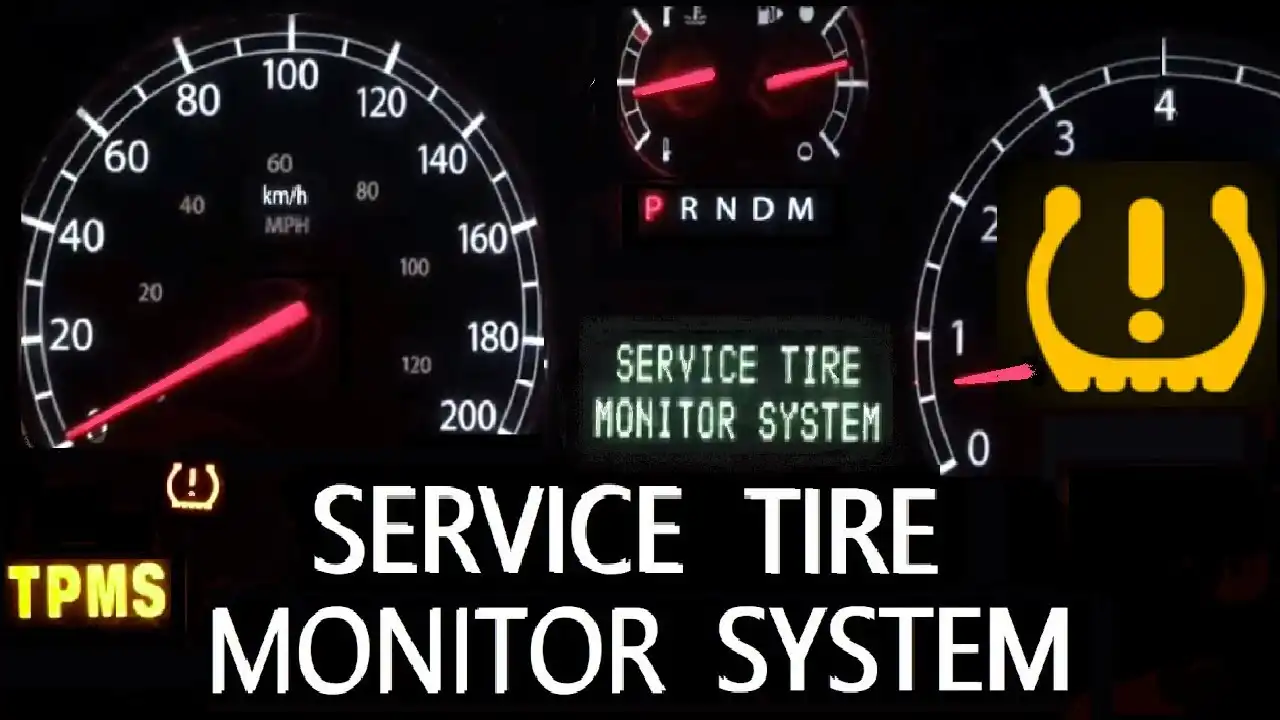The Service Tire Monitor System (STMS) is an essential feature in modern vehicles designed to keep drivers informed about their tire pressure. This system plays a crucial role in ensuring road safety, fuel efficiency, and overall vehicle performance. However, many drivers may not fully understand how it works, why it’s important, and what to do when they receive a warning from it.
In this guide, we will explore everything about the Service Tire Monitor System, including its function, importance, troubleshooting tips, and maintenance recommendations.
What is a Service Tire Monitor System?
A Service Tire Monitor System (STMS) is a vehicle feature that continuously monitors the air pressure in each tire. If the system detects low tire pressure or other issues, it alerts the driver through a dashboard warning light or message. This system is part of the Tire Pressure Monitoring System (TPMS) and is mandated in many countries to improve vehicle safety.
There are two types of tire pressure monitoring systems:
- Direct TPMS – Uses sensors inside each tire to directly measure air pressure.
- Indirect TPMS – Relies on wheel speed sensors from the ABS system to estimate tire pressure based on differences in wheel rotation speed.
The Service Tire Monitor System warning typically indicates a problem with the TPMS sensors or the overall system, requiring attention.
Importance of the Service Tire Monitor System
The STMS is not just a convenience feature—it is crucial for multiple reasons:

1. Enhances Safety
Properly inflated tires provide better traction, reduce braking distances, and lower the risk of blowouts. A faulty STMS can lead to underinflated or overinflated tires, increasing accident risks.
2. Improves Fuel Efficiency
Underinflated tires create more rolling resistance, causing the engine to work harder and consume more fuel. Keeping tires at the correct pressure ensures optimal fuel efficiency.
3. Extends Tire Lifespan
Uneven or improper tire pressure causes excessive wear, leading to premature tire replacement. The STMS helps maintain proper pressure levels, maximizing the longevity of your tires.
4. Compliance with Regulations
Many countries, including the USA and EU nations, require TPMS systems in vehicles manufactured after a certain date. Ensuring the system functions properly keeps your car compliant with safety regulations.
Common Causes of a Service Tire Monitor System Warning
If you receive a Service Tire Monitor System alert, several issues could be the cause:
1. Low Tire Pressure
- The most common reason for an STMS warning is low air pressure in one or more tires.
- Check the recommended PSI (pounds per square inch) in the owner’s manual or inside the driver’s door panel.
2. Faulty TPMS Sensor
- Each tire has a sensor that sends pressure readings to the vehicle’s computer.
- Over time, these sensors may fail or their battery may deplete, leading to false warnings.
3. Sensor Damage
- Hitting potholes, curbs, or debris can damage TPMS sensors, causing inaccurate readings or system malfunctions.
4. Recent Tire Change or Rotation
- If you’ve recently had new tires installed or rotated, the system may need to be recalibrated.
- Some vehicles require a manual reset after a tire service.
5. Temperature Changes
- Sudden drops in temperature can cause tire pressure to decrease, triggering a TPMS warning even if the tires are not actually leaking.
- Reinflate the tires and check if the warning disappears.
6. System Malfunction
- Sometimes, the issue is with the vehicle’s computer rather than the sensors. A diagnostic scan may be required to pinpoint the problem.
How to Fix a Service Tire Monitor System Warning
If you see a Service Tire Monitor System warning, follow these steps to troubleshoot and resolve the issue:
Check and Adjust Tire Pressure

- Use a tire pressure gauge to check the air pressure in all four tires.
- Inflate or deflate tires as needed according to the manufacturer’s recommended PSI.
Drive for a Few Miles
- Some vehicles automatically reset the TPMS after driving a few miles with the correct tire pressure.
- If the warning persists, further action is needed.
Reset the TPMS System
- Some vehicles have a TPMS reset button located near the steering wheel or in the glove compartment.
- Refer to your owner’s manual for instructions on how to reset the system.
Inspect TPMS Sensors
- If the issue continues, the TPMS sensors may need replacement.
- A mechanic can use a diagnostic tool to determine which sensor is faulty.
Perform a System Scan
- Many auto shops or DIY diagnostic tools (OBD-II scanners) can check for TPMS error codes.
- If there is an internal system issue, professional repair may be necessary.
Preventive Maintenance for TPMS
To avoid future issues with your Service Tire Monitor System, follow these preventive measures:
Regularly Check Tire Pressure
- At least once a month, manually check your tire pressure and compare it with the recommended PSI.
Be Cautious When Changing Tires
- Inform your tire service provider about your TPMS sensors to avoid accidental damage during tire changes.
Keep an Eye on TPMS Battery Life
- TPMS sensors typically last 5-10 years depending on the vehicle and usage.
- Consider replacing sensors proactively if your vehicle is older.
Avoid Sudden Temperature Drops
- If you live in a cold climate, expect tire pressure fluctuations during winter and adjust as needed.
Get Professional Inspections
- During routine vehicle maintenance, ask your mechanic to check the TPMS system to ensure it’s functioning correctly.
Additional Features of Advanced Tire Monitor Systems
Modern vehicles come with enhanced TPMS technology that provides more detailed information and advanced features, including:

1. Individual Tire Pressure Readings
- Some advanced systems show the exact PSI of each tire instead of just a general warning light.
- This allows for more precise adjustments.
2. Tire Temperature Monitoring
- In addition to pressure, some TPMS models track tire temperature, which can indicate overheating issues that may lead to blowouts.
3. Wireless Sensor Connectivity
- Newer vehicles feature Bluetooth-enabled TPMS that connect to smartphone apps, providing real-time data and alerts.
4. Integration with Vehicle Diagnostics
- Some systems are integrated with overall vehicle diagnostics, allowing mechanics to check TPMS status using onboard computers.
By staying informed about your Service Tire Monitor System, you can maintain optimal tire health, improve vehicle performance, and drive with confidence. Keeping this system in working condition is a simple yet effective way to ensure safety on the road.
Read More: Tom’s GPU Hierarchy





